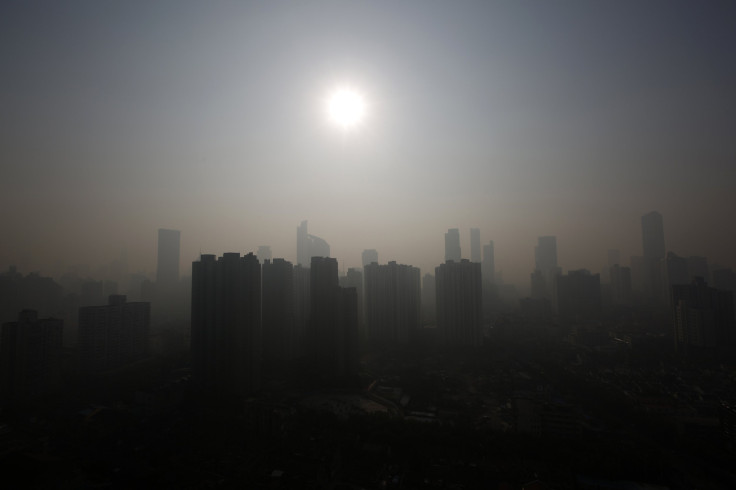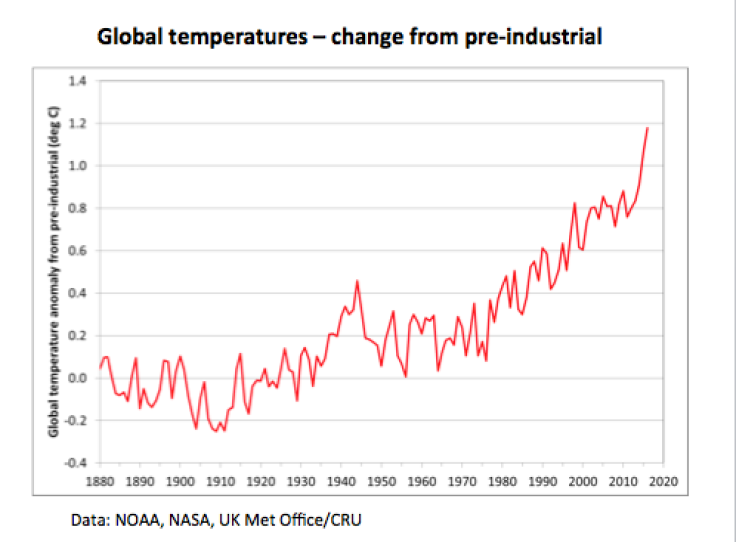Climate Change: 2016 On Track To Be Hottest Year On Record, UN Agency Says

2016 will most likely be Earth’s hottest year on record by a wide margin, the World Meteorological Organization (WMO) said in a statement released during the ongoing climate summit in Morocco on Monday.
Preliminary estimates indicate that this year, the global average temperature may be up to 1.2 degrees Celsius higher than pre-industrial levels — bringing the planet perilously close to breaching the Paris climate agreement’s perhaps unrealistic target of limiting the rise to 2 degrees Celsius. The accord also speaks of the aspiration to keep the rise within 1.5 degrees Celsius.

If 2016 does gain the notorious distinction of becoming the hottest year on record, it would mean that 16 of the 17 hottest years on record have occurred in this century — the sole outlier being 1998, when a strong El Niño raised the planet’s temperature 0.63 degrees Celsius above the 20th century average.
“Another year. Another record. The high temperatures we saw in 2015 are set to be beaten in 2016,” WMO Secretary-General Petteri Taalas said in the statement. “In parts of Arctic Russia, temperatures were 6 degrees Celsius to 7 degrees Celsius above the long-term average. Many other Arctic and sub-Arctic regions in Russia, Alaska and northwest Canada were at least 3 degrees Celsius above average. We are used to measuring temperature records in fractions of a degree, and so this is different.”
Currently, 2015, when the average global temperature was 0.75 degrees Celsius higher than the long-term average between 1961 and 1990 — the WMO’s reference period — is the hottest year on record. So far this year, though, global temperatures have been 0.88 degrees Celsius above this baseline, partly due to the powerful El Niño event of 2015-16, but largely due to an unabated increase in the concentration of heat-trapping greenhouse gases in the atmosphere.
“The extra heat from the powerful El Niño event has disappeared. The heat from global warming will continue,” Taalas said. “Because of climate change, the occurrence and impact of extreme events has risen. ‘Once in a generation’ heatwaves and flooding are becoming more regular. Sea level rise has increased exposure to storm surges associated with tropical cyclones.”
And the impact of this long-term temperature rise is already being felt across the globe, especially in the Arctic — where sea ice shrank to its second-lowest level since monitoring began this summer — and the Antarctic — where several glaciers have now become “fundamentally unstable.”
Moreover, even though global carbon emissions from fossil fuels and industry have now remained flat for three straight years, the concentration of carbon dioxide in the atmosphere has continued to rise, recently breaching — perhaps permanently — the symbolic red line of 400 parts per million.
© Copyright IBTimes 2024. All rights reserved.












